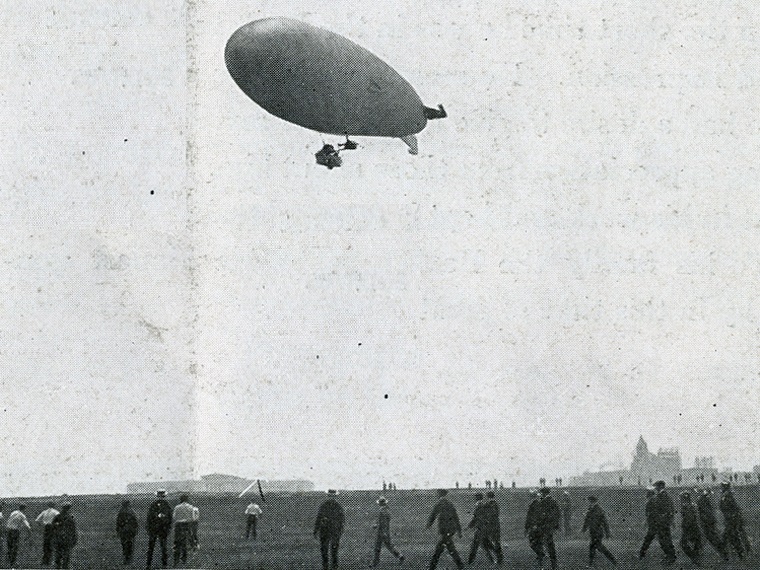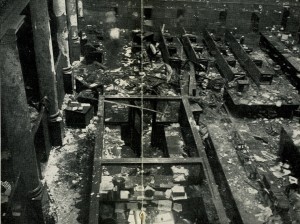Today heavier-than-air vessels, i.e. airplanes and helicopters, rule the skies. Lighter-than-air vessels, i.e. powered airships and balloons, are limited to niche roles such as advertising blimps and hot air balloon rides. Kites and gliders form a third category of manned flight. Hang gliding was popular in the late 20th century, but now is for serious hobbyists only.
Parachutes form a possible fourth category, but haven't lived up to their potential as a safe way to exit an airplane. Military invasions via parachute are rarely the best option and your life insurance may not cover recreational skydiving. I am reminded of my Navy aircrew days when we all had parachutes. P3s, the type of aircraft I flew in, had ditched or crash landed successfully a number of times, but nobody had ever parachuted out a P3 in an emergency. As one of my friends put it: "Why would you want to jump out of a perfectly good airplane?"
Ballooning began in 1783 near Paris, France. After testing a hot air balloon with a sheep, rooster and duck, the Montgolfier brothers sent the first human aloft using a hot air balloon. Brave aeronauts continued to perfect balloons. According to Balloons to Jets, Illinois had its first balloon flight in 1855.
By 1919, Zeppelins, the German brand of dirigibles, or semi-rigid streamlined balloons, had carried over 10,000 passengers and had served as heavy bombers. They used the same lightweight gasoline engines as airplanes and automobiles. Navy airships on both sides during World War I were used to carry out long distance patrols. Tethered observation balloons had proved useful in warfare for over a century.
Zeppelins continued to excel in long distance passenger service until the 1937 Hindenburg disaster. The U.S. Navy had several tragic airship crashes in the 1920s and 30s, but used over 100 blimps, or non-rigid, motorized balloons during WWII for anti-submarine warfare. However, the U.S.produced over 300,000 airplanes during WWII. Blimps continued to serve as mobile radar platforms during the Cold War. A catalog search under “Airships History” yields many books chronicling this fascinating, yet ultimately not very successful, technology.
For Chicagoans of 1919, it wasn’t clear that the future of airships was dim. It was not until 1903 that Wright brothers flew the first heavier-than-air machine. Practical airplanes began appearing in the early teens. Many early airships crashed and burned, but airplanes also had a dismal safety record. Besides, it is hard to figure out how airplanes stay up in the air. Balloons are easy. They float.
Chicago's role in the development of airships was tragic. On July 21, 1919, two passengers, a mechanic and 10 employees of the Illinois Trust and Savings Bank died when the airship Winged Foot Express burned and fell through the skylight of the bank. The pilot and chief mechanic parachuted to safety. A passenger also parachuted, but died later. The falling gasoline engine caused most of the damage. Public opinion of both airships and of any flying over populated areas turned negative.
As a result, air mail flights were moved from Grant Park to suburban Maywood, then to Chicago Municipal (Midway) Airport. This history is detailed in Chicago's Midway Airport, The Columns of the Illinois Trust & Savings Bank, and the Chicago Tribune.





Add a comment to: Airships: Technology That Didn’t Change Chicago Much